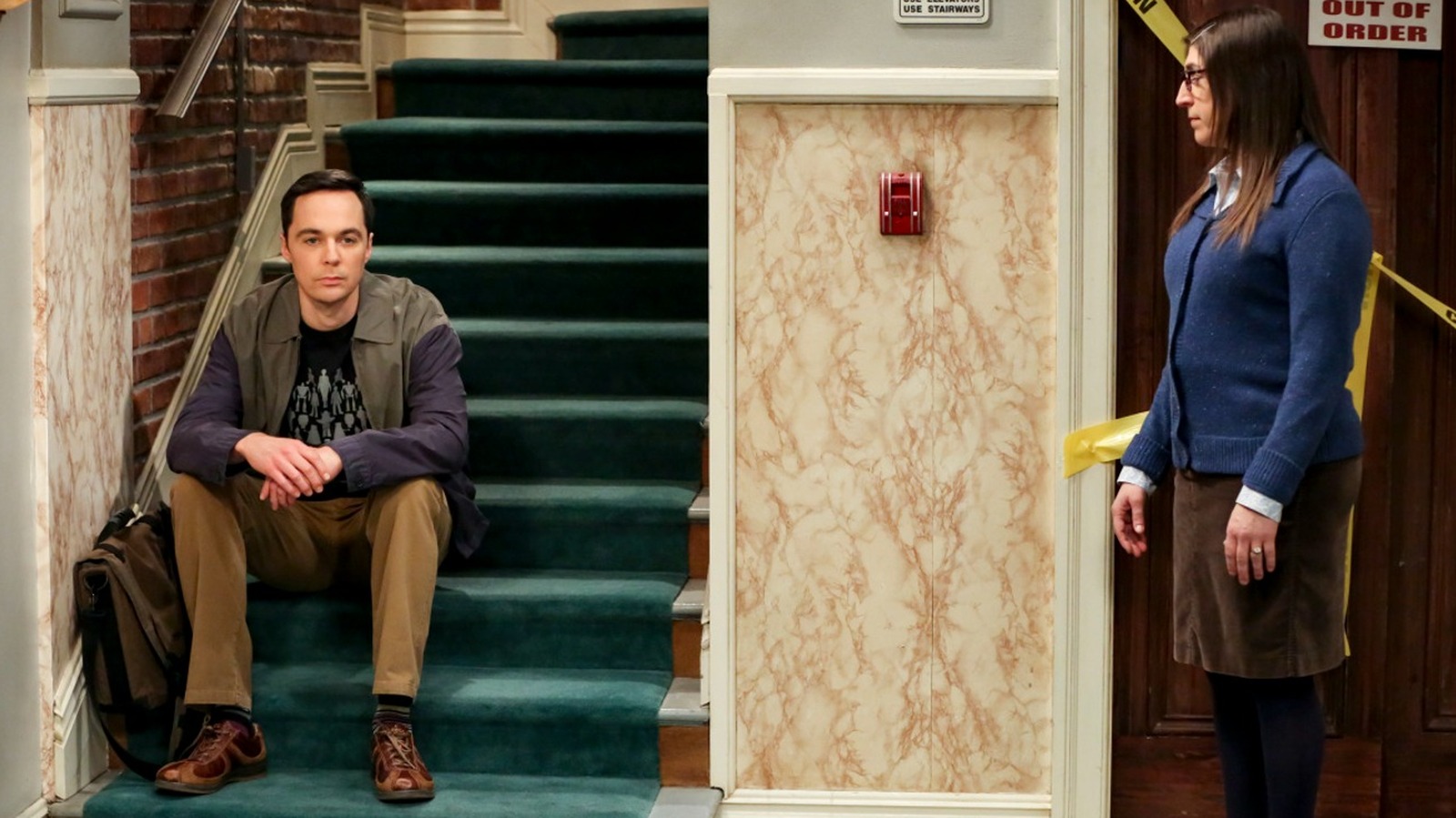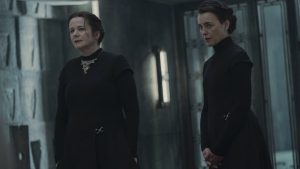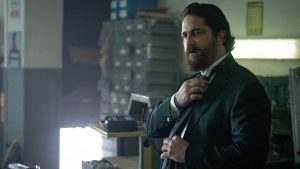
The Secrets Behind The Big Bang Theory Stairwell Footage
Ever wondered how the cast and crew of “The Big Bang Theory” managed to film those memorable scenes featuring characters hauling themselves up and down the stairs of their apartment building? Kunal Nayyar, who portrayed Raj Koothrappali, revealed some industry insider knowledge that might surprise you. Speaking on the British morning talk show “Sunday Brunch,” Nayyar shared a look behind the scenes, describing a process that sounds exhausting.
According to him, the stairwell footage was shot using a clever trick. “You go down the stairs, they yell, ‘Hold,'” he explained, pointing out that it was a single hallway. “They change the scenery from, say, apartment 1A to 2A or even 3A. They make the set look like another floor.” This meant the cast spent significant time running up a staircase that, in effect, went nowhere, only to turn around and repeat the process for the cameras.
Nayyar amusingly noted that the bottom of the stairs is anything but thrilling, revealing an oddball detail about his co-star Johnny Galecki’s quirky habit. “There’s a wall there where Johnny Galecki, for 12 years, would stick his chewing gum on. I’m not joking,” he quipped.
But why the elaborate staircase schlep? Within the show’s narrative, the elevator is perpetually out of order—a creative choice made by series creator Chuck Lorre aimed at keeping the action lively outside the confines of Leonard and Sheldon’s apartment. However, capturing these stair scenes wasn’t straightforward. As frequent director Mark Cendrowski shared, managing the timing of the characters’ movement was a challenge, especially since the series was famously one of the last sitcoms filmed in front of a live audience.
Cendrowski recounted the complexities of timing the dialogue for the scenes. “Sometimes you’d realize a line was so funny that you needed to move it to the next floor.” This logistical puzzle required the cast to synchronize their movements with audience laughter, a balancing act that was sometimes tricky to execute. The set dressers became adept at changing the numbers on the doors and tweaking the set to create the illusion of different floors, so much so that cameras often rolled continuously to maintain the flow of the performance.
Jim Parsons, who brought Sheldon Cooper to life, remarked on how these stairwell scenes offered both challenges and opportunities for comedic timing. “I enjoyed them. They’re so physical and so technical, and that’s part of comedy,” Parsons noted. He relished the chance to deliver punchlines just as characters exited the frame—though he admitted that audience reactions often threw a wrench into their carefully choreographed plans.
Yet, Parsons appreciated the quirky narrative device of the broken elevator. He recognized the creative rationale behind it and expressed his satisfaction with the show’s decision to finally repair the elevator in the second-to-last episode. “It was an element of good comedy,” he said, reflecting on the absurdity of keeping the elevator broken for so long.
In the series finale arc, the once-broken elevator finally got its moment to shine in the season 12 episode titled “The Change Constant.” The plot deepens when Sheldon spirals over various life changes, culminating with the moment he finds Penny using the now-operational elevator. Kaley Cuoco, who played Penny, reveled in the opportunity to be the first to step into the repaired elevator, expressing her excitement upon reading the script.
For fans of “The Big Bang Theory,” those stairwell moments—crafted from a blend of resourcefulness and talent—are now available for streaming on Max.



